At one point, they were the summit of technological development: steel giants that turned coal and water into unbelievable power. Now, in Chabówka, the steam locomotives that drove Poland for a hundred years sit idle, some rusting, others still miraculously glistening in a mid-summer sun. But if you time your visit to the outdoor rail museum just right, though, you can take a fifteen-kilometer ride in a train pulled by a coal-powered steam locomotive.
It was an outing I’d been hoping for since our arrival — something new for me and something intriguing for the Girl. For a while it looked like we might not make it, but with a little good luck and sadly a little bad luck, we made it. We arrived just in time to see a tired-looking man working on the engine, proclaiming to the conductor at the end, “There’s nothing we can do: we’ll have to replace it.”
For an instant, I thought that meant the end of our train journey before it even began, but fortunately, the replacement will come later. So the girls and I were able to search out a hard wooden bench in the third class section and settled down for a once-in-a-lifetime (maybe?) trip. Of course, the places are now sold on a first-come-first-serve basis, but the decades-old passengar cars were still clearly divided into first-, second-, and third-class seating.
A far cry from the modern train that pulled up beside us: no first- or any- class. No real division between the carriages, in fact — just a long, sleek train. “It’s missing the romaticism,” Babcia proclaimed later, looking at the pictures.
Our journey was short, a mere fifteen kilometers (less than ten miles) one way. We passed Turbacz, a popular climb, and we stopped at several stations that are now served only by this tourist steam locomotive: the majority of the sleek modern trains pass right through most of these locations.
At the end of the line, we all got out and gaped as the locomotive pulled to the front, only facing backwards. Of course, these locomotives (like all of them, I guess) can go either way with equal facility. Of course the modern trains simply have an engine at each end — indeed, the engine and the wagon are difficult to discern. Less romantic, I’m sure.
On the way back, we were unable to find a free seat, so we took positions in fourth class — stand-where-you-can. It was in fact a mixed blessing, for we stood in between cars and got to see the black smoke drift overhead and smell the arcid odor of coal power.
Afterward, we walked around the train-yard/museum, climbing into the locomotives, looking into the fire chambers, clambering into the coal cars — it reawakend the little boy in me, and the girls had a blast climbing up and down the imposing engines.
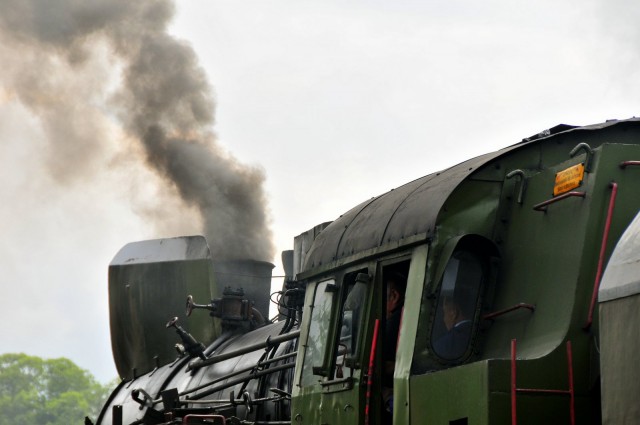
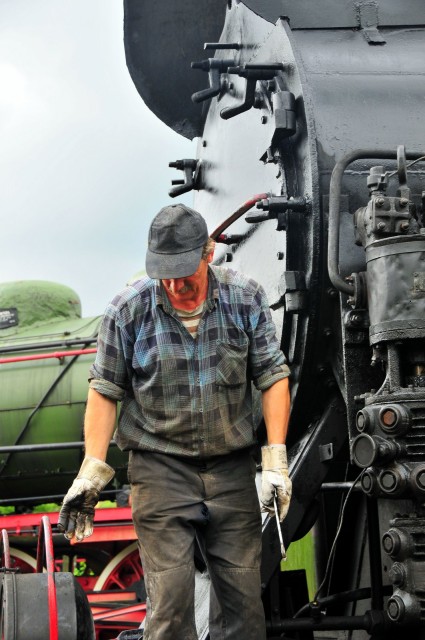
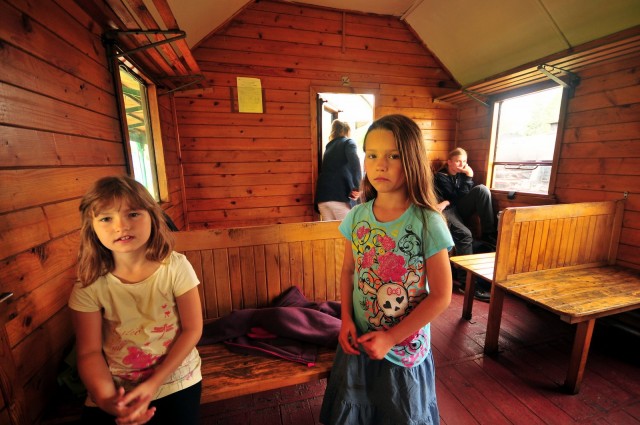
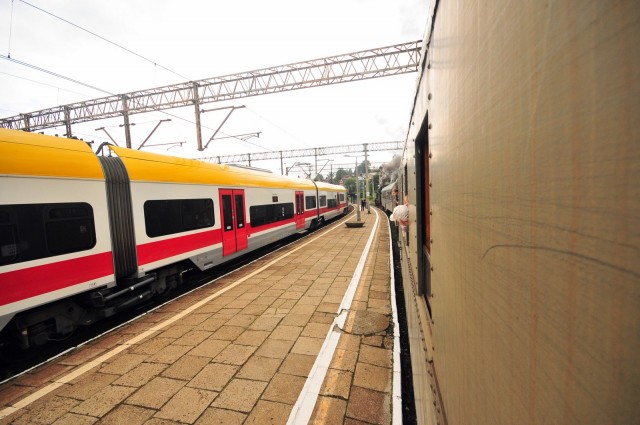
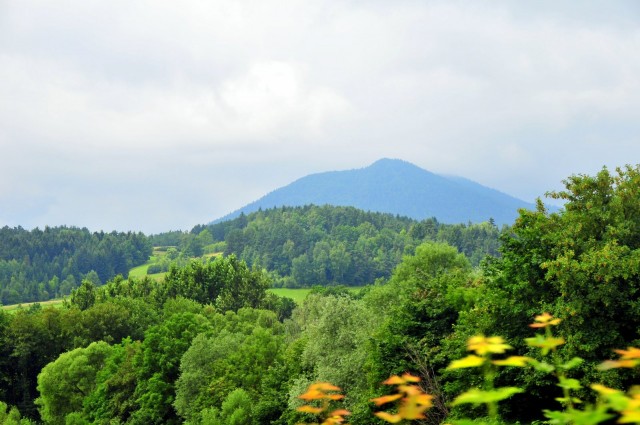

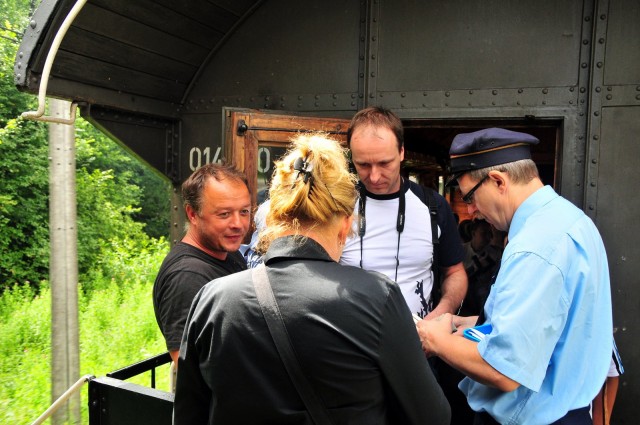

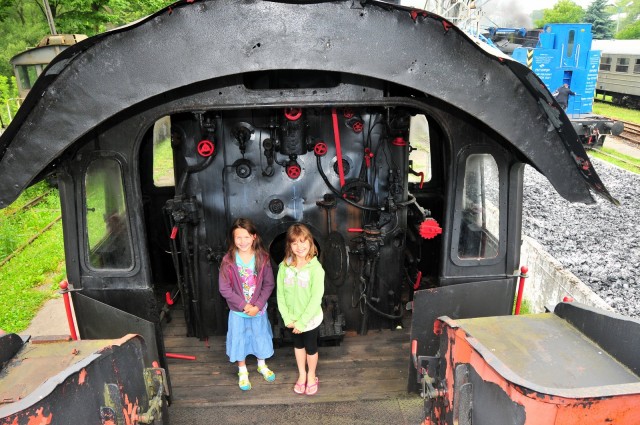
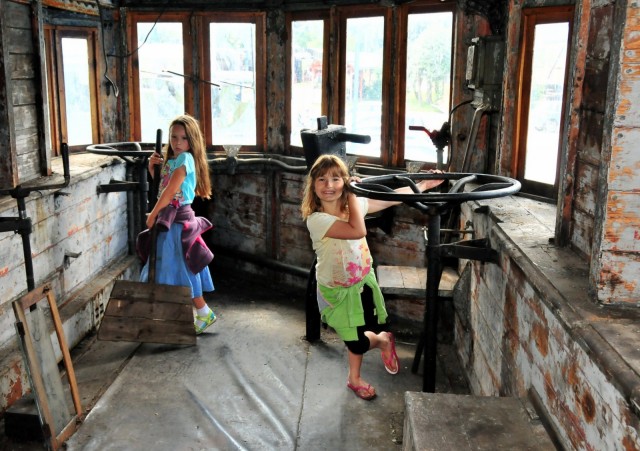

0 Comments